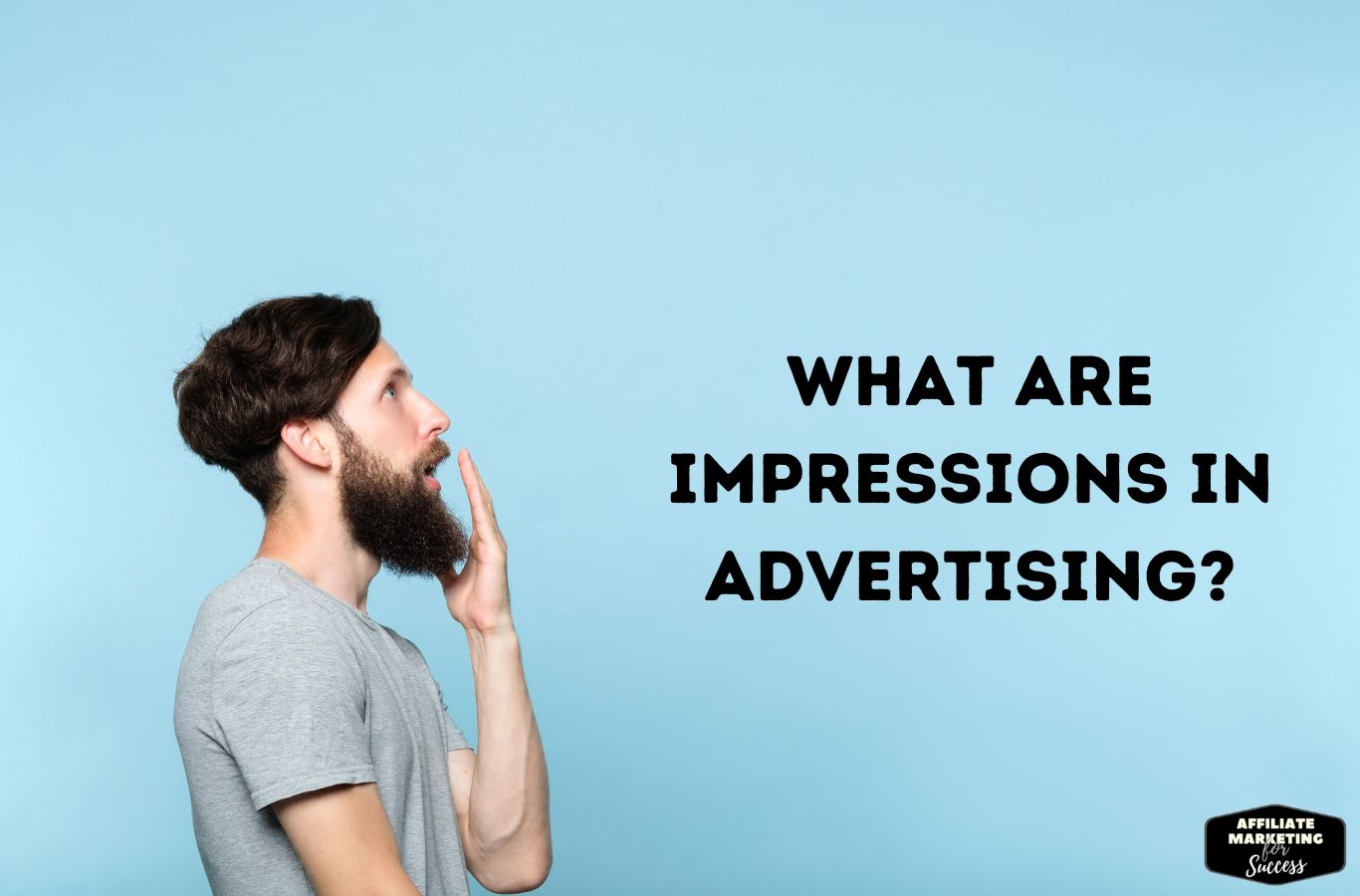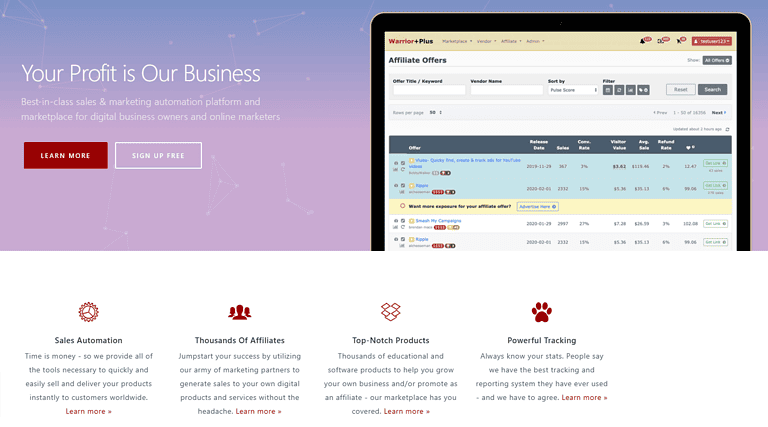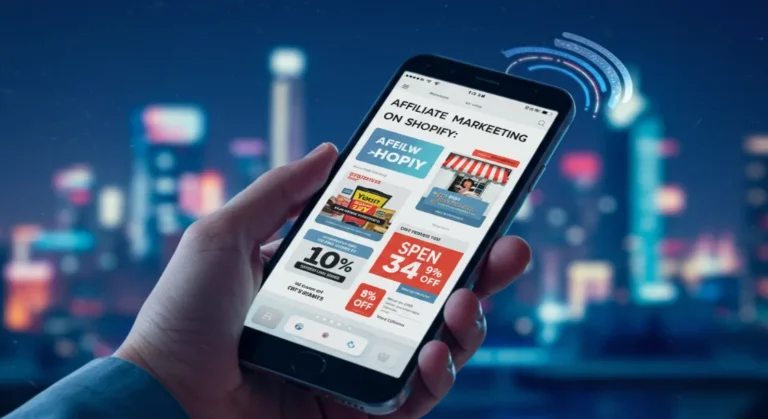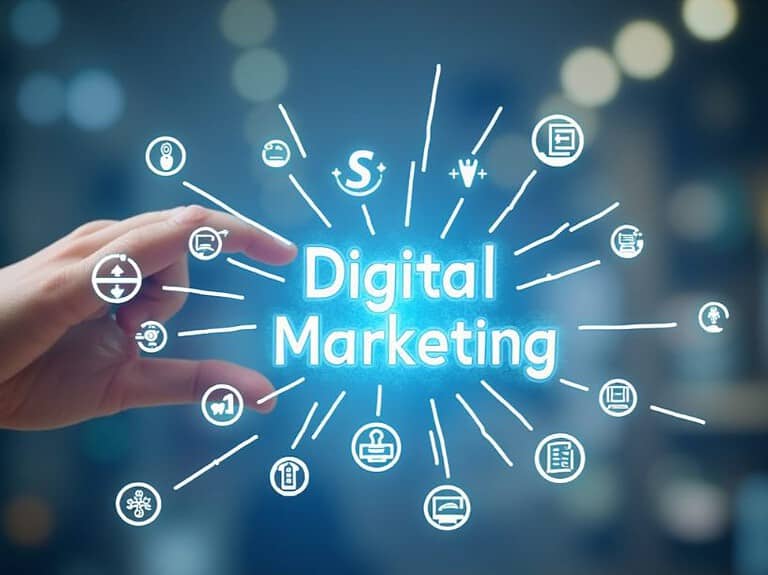Affiliate Marketing Impressions: Ultimate 2025 Guide
In the ever-evolving landscape of affiliate marketing, understanding key metrics is crucial for optimizing campaign performance. One such fundamental metric is impressions.
This guide delves into the concept of impressions, differentiates them from other vital metrics like clicks and conversions, and provides actionable strategies to enhance them.
What Are Impressions?

Impressions refer to the number of times an advertisement or affiliate link is displayed on a user’s screen. Unlike clicks, which indicate user engagement, impressions are all about visibility.
Note: An impression is counted every time your ad appears on a user’s device, regardless of whether they interact with it.
Impressions vs. Clicks vs. Conversions
Understanding the difference between impressions, clicks, and conversions is essential for analyzing campaign performance.
| Metric | Definition | Significance |
|---|---|---|
| Impressions | Number of times an ad is displayed | Measures visibility |
| Clicks | Number of times users click on an ad | Indicates engagement |
| Conversions | Number of desired actions taken (e.g., purchases, sign-ups) | Reflects effectiveness and ROI |
For a deeper dive into optimizing these metrics, check out our guide on Proven Strategies to Grow Your Email List.
Measuring Impressions in Affiliate Marketing
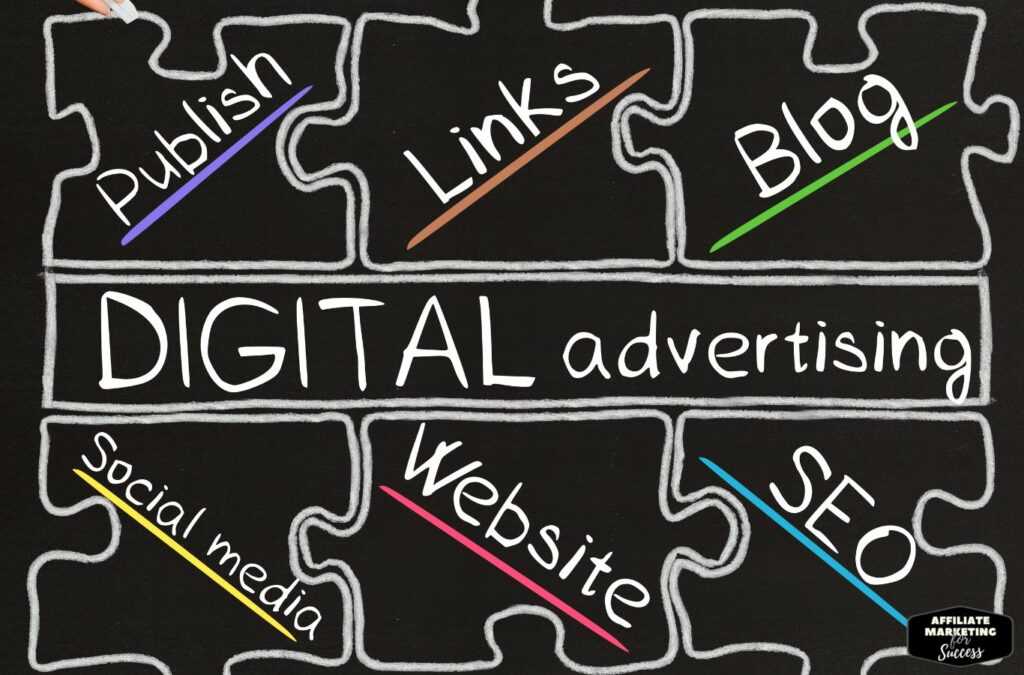
In affiliate marketing, impressions are typically measured using tracking pixels or code snippets embedded in web pages or emails. These tools count each time an ad loads, providing data on how often your content is seen.
Key Measurement Tools:
- Analytics Platforms: Tools like Google Analytics offer insight into ad impressions.
- Affiliate Networks: Networks provide dashboards displaying impression data.
Learn how to leverage these tools effectively in our article on Building a WordPress Website from Scratch.
Key Metrics Comparison Table
| Metric Type | What It Measures | Why It Matters |
|---|---|---|
| Impressions | Total views | Reach and visibility |
| Click-through Rate (CTR) | Clicks ÷ Impressions | Content effectiveness |
| Conversion Rate | Sales ÷ Impressions | Campaign success |
| Cost Per Mille (CPM) | Cost per 1000 impressions | Budget efficiency |
Significance of Impressions
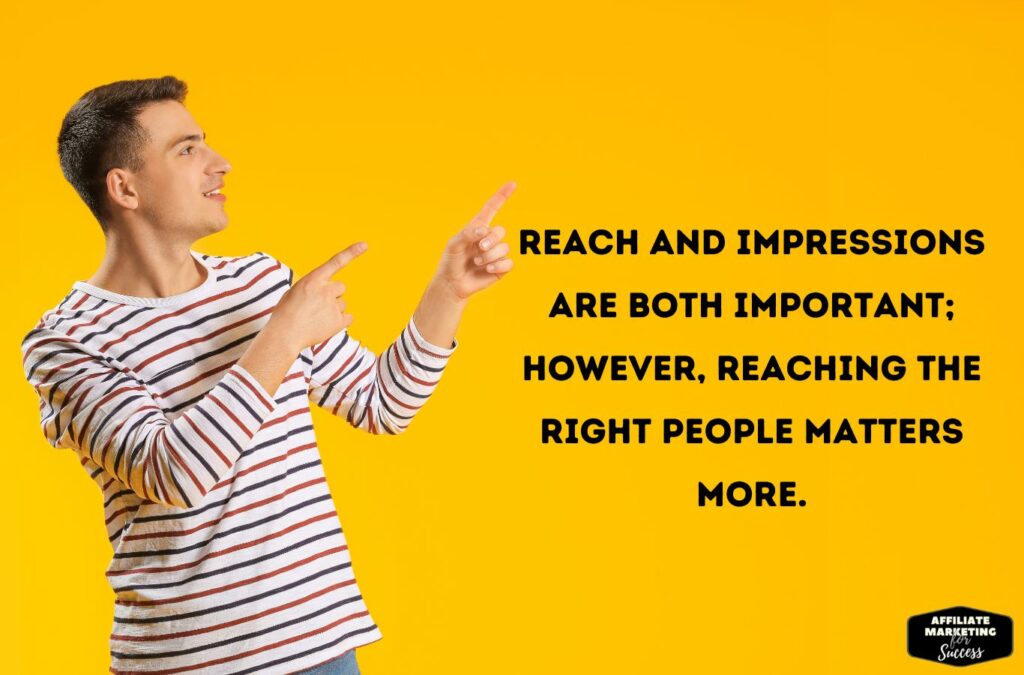
Impressions play a vital role in the awareness stage of the marketing funnel.
- Brand Visibility: High impressions increase brand recognition.
- Audience Reach: Understanding impressions helps assess how many people are exposed to your message.
- Benchmarking Performance: They serve as a baseline to calculate other metrics like click-through rate (CTR).
To comprehend the broader impact of impressions on SEO, visit The Importance of SEO for Your Blog.
Strategies to Increase Impressions

Enhancing impressions requires a multifaceted approach focusing on content, SEO, and marketing channels.
1. Optimize Content for SEO
- Keyword Research: Use relevant keywords to improve search visibility.
- Quality Content: Create engaging and valuable content to attract more visitors.
Explore our SEO Writing: A Complete Guide for in-depth strategies.
2. Leverage Social Media
- Platform Selection: Choose platforms where your target audience is active.
- Consistent Posting: Regularly share content to increase visibility.
Learn how to harness social platforms in How to Use Social Media for Affiliate Marketing.
3. Email Marketing
- Newsletter Campaigns: Send regular newsletters featuring your content.
- Personalization: Tailor emails to subscriber interests to boost open rates.
Enhance your email strategies with Effective Email Marketing Strategies.
4. Collaborations and Guest Posting
- Partner with influencers: collaborate to tap into new audiences.
- Guest Articles: Write for other blogs to expand your reach.
Understand the power of collaborations in Affiliate Marketing on Instagram.
Impression Quality Factors
| Factor | Impact | Optimization Strategy |
|---|---|---|
| Placement | High | Strategic positioning |
| Timing | Medium | Schedule optimization |
| Relevance | Very High | Audience targeting |
| Device Type | Medium | Responsive design |
| Load Speed | High | Technical optimization |
Improving Click-Through Rates (CTR)

While increasing impressions is important, improving the Click-Through Rate (CTR) ensures that visibility translates into engagement.
1. Compelling Call-to-Actions (CTAs)
- Action-Oriented Language: Use strong verbs that encourage action.
- Visibility: Place CTAs where they are easily noticeable.
For tips on crafting effective CTAs, read Write Meta Descriptions That Convert.
2. A/B Testing
- Experiment with Variations: Test different headlines, images, and texts.
- Analyze Results: Use data to determine what resonates with your audience.
Discover how to implement A/B testing in Optimize Your Sales Funnel.
3. Enhance Ad Relevance
- Targeted Messaging: Align your ad content with audience interests.
- Dynamic Content: Use personalized content to increase engagement.
Learn about personalization in Affiliate Marketing with Personalized Recommendations.
4. Mobile Optimization
- Responsive Design: Ensure your content looks good on all devices.
- Fast Load Times: Optimize images and code for quicker access.
Improve your site’s performance with WP Rocket: Boost WordPress Performance.
Practical Examples
Table 1: Keyword Strategies for SEO Optimization
| LSI Keyword | Usage Tip |
|---|---|
| Long-Tail Keywords | Target niche audiences for higher conversion rates |
| Competitive Keywords | Balance with less competitive terms for visibility |
| Semantic Keywords | Use related terms to enhance content relevance |
Dive deeper into keyword optimization in The Importance of Keywords Research.
Table 2: Social Media Platforms and Their Benefits
| Platform | Audience | Benefit |
|---|---|---|
| Wide-ranging demographics | Broad reach and diverse ad formats | |
| Younger audiences | Visual storytelling and influencer marketing | |
| Professionals and B2B market | Networking and lead generation |
Maximize social media impact with How to Use Social Media for Affiliate Marketing.
Table 3: Email Marketing Best Practices
| Practice | Description |
|---|---|
| Segmentation | Group subscribers based on behavior or demographics |
| Personalization | Use subscriber names and tailor content |
| Mobile-Friendly Design | Ensure emails are accessible on all devices |
Enhance your campaigns with insights from Understanding Email Marketing.
Conclusion
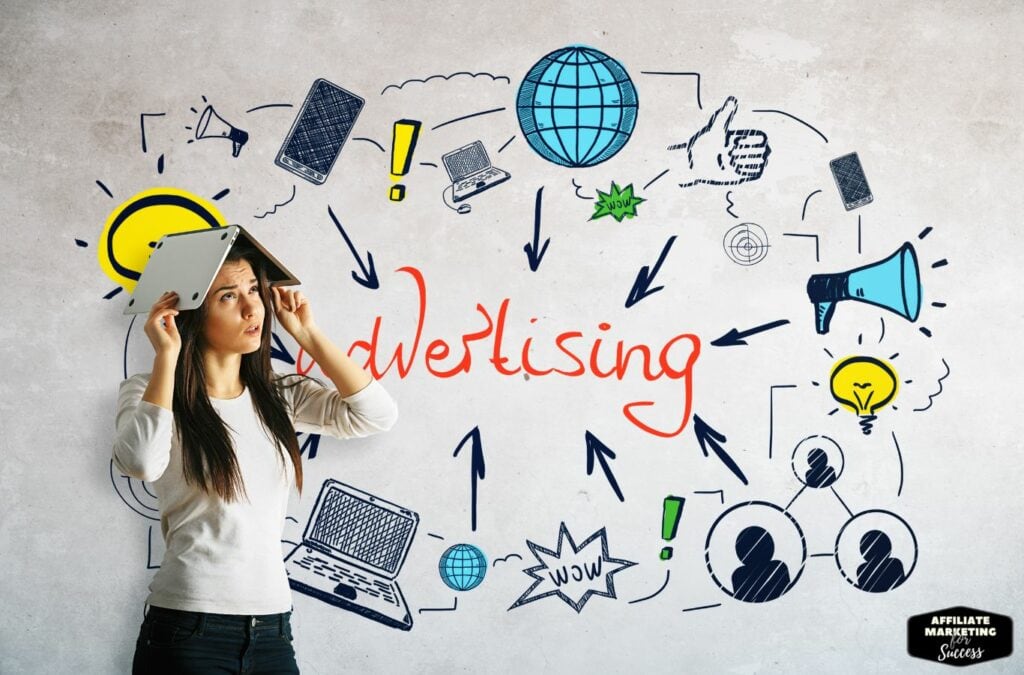
Impressions are a foundational metric in affiliate marketing, reflecting the visibility of your ads and content. By understanding and optimizing impressions, affiliate marketers can enhance brand awareness, engage more users, and ultimately drive higher conversions.
Remember, while impressions are about how many times your ad is seen, the ultimate goal is to encourage meaningful interactions. Balance your strategies between increasing visibility and enhancing engagement for optimal campaign performance.
For more insights and advanced strategies, explore our Affiliate Marketing Strategies.
Further Reading:
Helpful Resources
- Google Analytics https://analytics.google.com/
- Amazon Associates https://affiliate-program.amazon.com/
- ShareASale https://www.shareasale.com/
- Commission Junction https://www.cj.com/
- SEMrush https://www.semrush.com/
- Ahrefs https://ahrefs.com/
By integrating these strategies, affiliate marketers can not only increase their impressions but also significantly improve their click-through rates and conversions. Stay informed, keep experimenting, and continue to optimize for sustained success in your affiliate marketing endeavors.
I’m Alexios Papaioannou, an experienced affiliate marketer and content creator. With a decade of expertise, I excel in crafting engaging blog posts to boost your brand. My love for running fuels my creativity. Let’s create exceptional content together!

